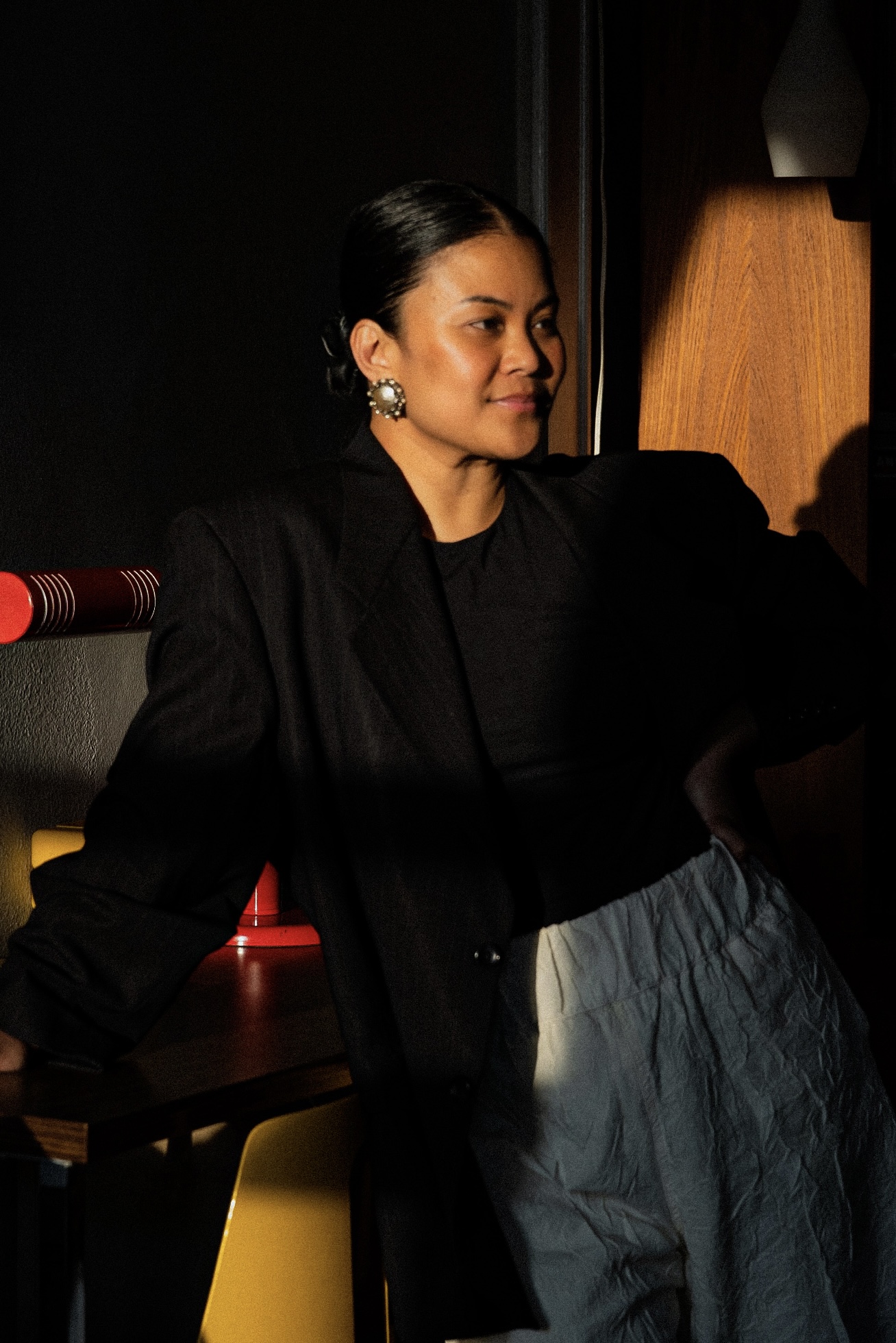We were lucky to catch up with Marinell Montales recently and have shared our conversation below.
Marinell, thanks for taking the time to share your stories with us today How do you think about vacations as a business owner? Do you take them and if so, how? If you don’t, why not?
Let me preface this by saying: do as I say, not as I do. I haven’t taken a proper vacation in a while, since fall 2019, to be exact. And it’s been even longer since my partner and I took a trip together (not since summer 2016). But that’s not to say I’m in always-on mode all the time. I do take breaks. I’ve stepped away from the shop or freelance work for a day or two here and there to visit friends upstate, explore the vintage and antique scene in a new town, or check out cool shops in the city for inspiration.
Some of these are definitely work-adjacent and sometimes tie back into my creative practice, but they still feel like real breaks to me because they’re things I genuinely enjoy. Still, it’s definitely been a long time since I’ve fully disconnected from it all.
That said, my advice for other entrepreneurs and for myself is this: work can wait. Nothing is so important that you can’t step away for a little while. The quality of your life always mirrors the quality of the work you create. I’ve seen the focus in my own work decline when my body and mind were running on empty. So take breaks. Take hobby days (something I’m putting more effort into doing these days). Take weekend trips. Take the vacation.
At the end of the day, I don’t know if anybody wants “booked and busy” on their tombstone. (Sorry if that was morbid.)
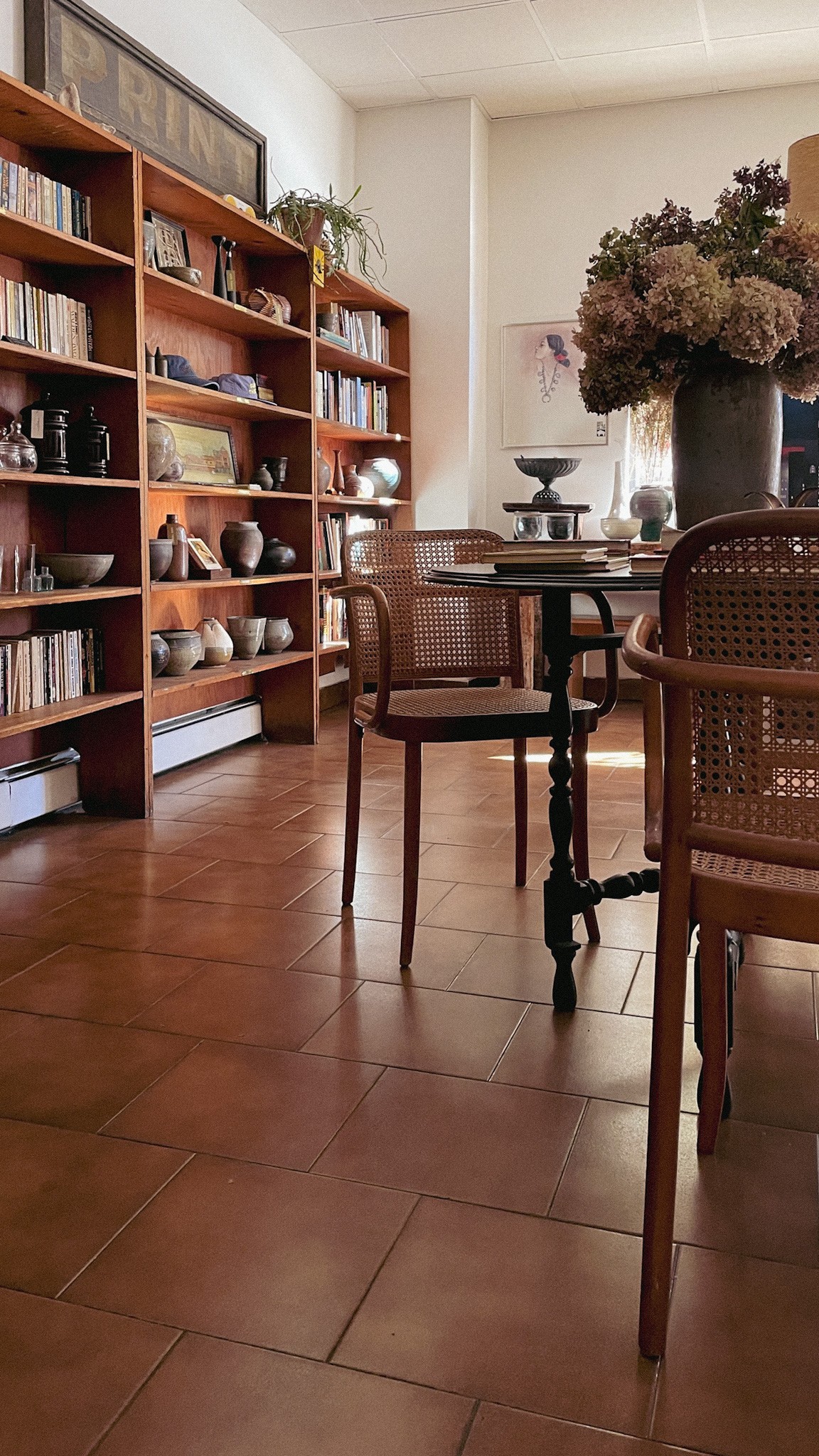
Awesome – so before we get into the rest of our questions, can you briefly introduce yourself to our readers.
Should we start from the beginning? I was born and raised in the Philippines and moved to the US with my family at 19. Back then, I don’t think I really imagined having the kind of creative life I have now when I moved here. All I knew was I was going to find a steady big girl job that makes a lot of money so I can help and support my mom and dad who had been working their asses off their whole lives to give my siblings and I a better life. I didn’t care what kind of job it was, but I assumed it would have to be something in corporate America or like an accountant or a lawyer – you know, glorified jobs that movies and television told us are the ones that made people money.
Cut to two years in of living in the US and one of my first jobs was a housekeeper at the Mercer Hotel in New York City. I worked turn-down shifts alongside my mom and commuted to the city four to five times a week. And I have to say, I really enjoyed that job. There was something in that New York City air that just felt so vibrant and cool that made me so curious. People dressed however they wanted and they sat at cafes with friends. People from all walks of life floated in and out of the hotel, from Hollywood celebrities and fashion designers to artists and travelers from everywhere. They didn’t look like they worked corporate America office jobs, or as lawyers or accountants to me. I started to think about what careers afforded people this kind of lifestyle that feels like there’s a sense of possibility and freedom to move around and reinvent themselves. And this is really funny to think about now because I didn’t know at the time that I was romanticizing about being a freelancer, which is the most unstable and complete antithesis of a steady big girl job. But that’s basically how I’ve been living my life for nearly two decades now.
The first door opened when I accepted a graphic design internship in college while I was studying BA in Marketing. I didn’t know anything about graphic design or even how to use any design software, but that role planted the seed for my creative career. I watched a lot of YouTube tutorials and taught myself how to use Photoshop and eventually the entire Adobe suite. And that really helped build my confidence to apply for design jobs after graduation.
From there, the path opened in ways I could never have planned. Over the past 16+ years, I’ve worked as a creative in many forms: graphic designer, UI/UX designer, launching my own print magazine as creative director and designer, doing art direction and prop styling for editorial shoots, and opening a vintage shop. Looking back, the throughline has always been design, whether on a page, in a shop, or within a space.
What I’m most proud of is probably how I’ve managed to sustain this creative freelance lifestyle with limited resources, while also evolving as a designer across different fields over the years. Any freelancer knows there’s no steady paycheck, and I’ve stumbled plenty: from being a young and naive employee blinded by equity payment from startups and companies that failed to not setting my boundaries and being burned and ghosted by “friends” who hired me for work. I’ve done free work, and I’ve taken on side jobs, from house cleaning to barista shifts, to pay the bills in between. But whenever the funds ran thin, the universe seemed to send work my way.
These days, I’ve refined my focus to brand identity, interior styling and design, and creative direction/prop styling, alongside running a shop and a small indie press with my partner. It may sound like a lot, but it all connects: branding and creative direction go hand in hand, and interior design and styling are a natural extension of curating a vintage homewares store. Most of my work comes through word of mouth, which I’m deeply grateful for.
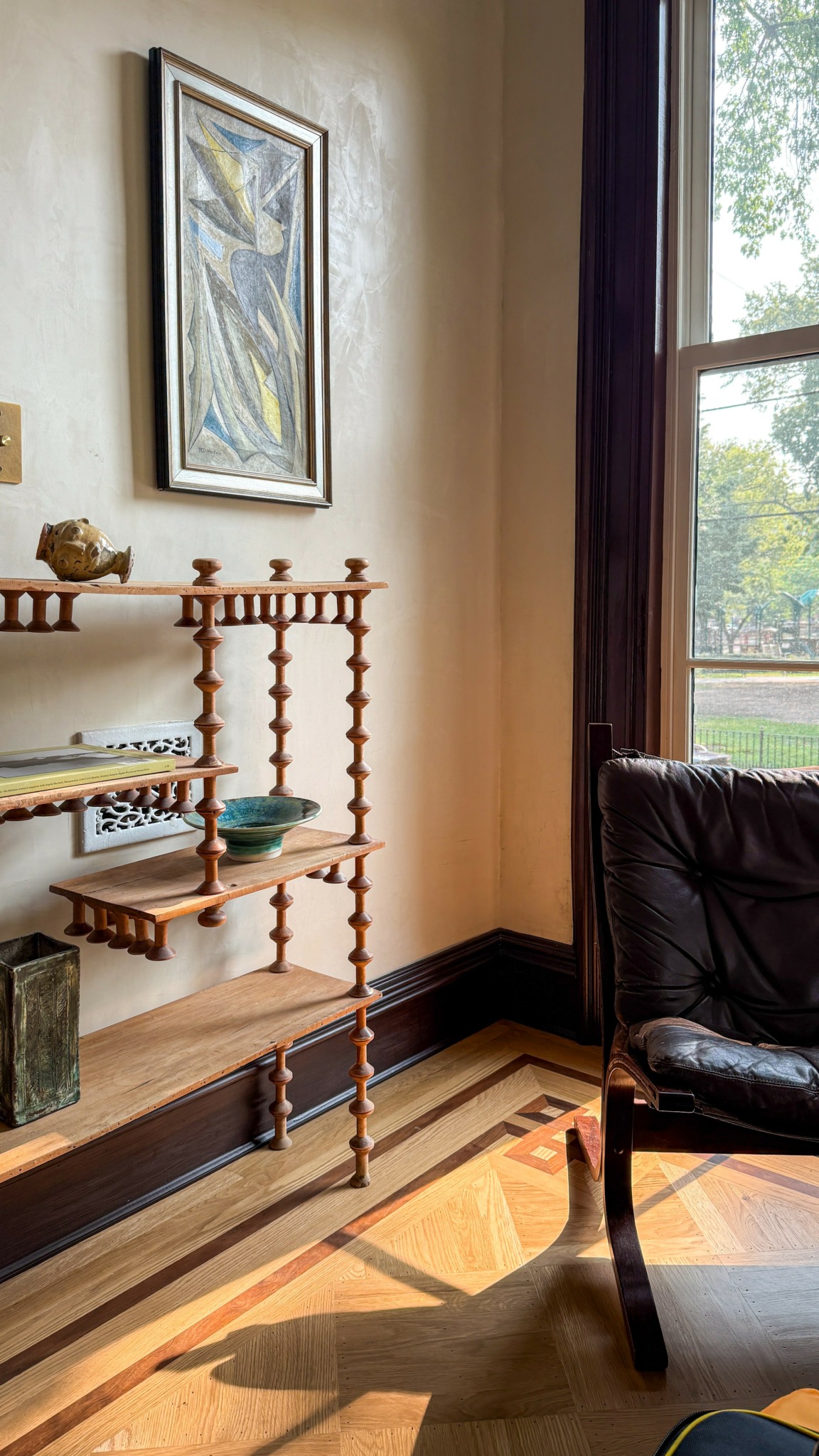
Can you open up about how you funded your business?
We didn’t have funding or many resources when we decided to open a shop. What we did have was the money we had saved for a small wedding with our family and closest friends. It wasn’t a huge amount, (wedding venue and catering prices during the pandemic weren’t yet astronomical), but it was enough to become the seed money that launched the shop.
Once we got the keys, we knew we wanted to open as quickly as possible, so we did the bare minimum to make the space presentable: a fresh coat of paint, badly needed new ceiling tiles, plywood and brackets from Home Depot for shelving, and the smallest inventory of books, objects, and furniture we had gathered. We did all the work ourselves with help from friends and family. (And yes, the wedding we had planned was canceled because we couldn’t afford to do both.)
From there, we set milestones to slowly build the shop into the space I envisioned. We gave ourselves dollar goals: first for a custom check-out counter, then later for a built-in wall unit. Each time, we waited until the shop made a little more money before investing in the next improvement. We didn’t blow our entire “wedding fund” upfront trying to create the perfect space. Instead, we took baby steps and grew it piece by piece. Honestly, it’s still a work in progress. I rearrange often, change things up all the time, and keep dreaming up new ways to make the shop look and feel better.
In that sense, there was never a traditional business plan, nor did we ever picture ourselves as small business owners running a brick-and-mortar. Sure Things really began as a mix of intuition, an eye for aesthetics, and the desire to create a space filled with cool used books and beautiful, well-made vintage objects.
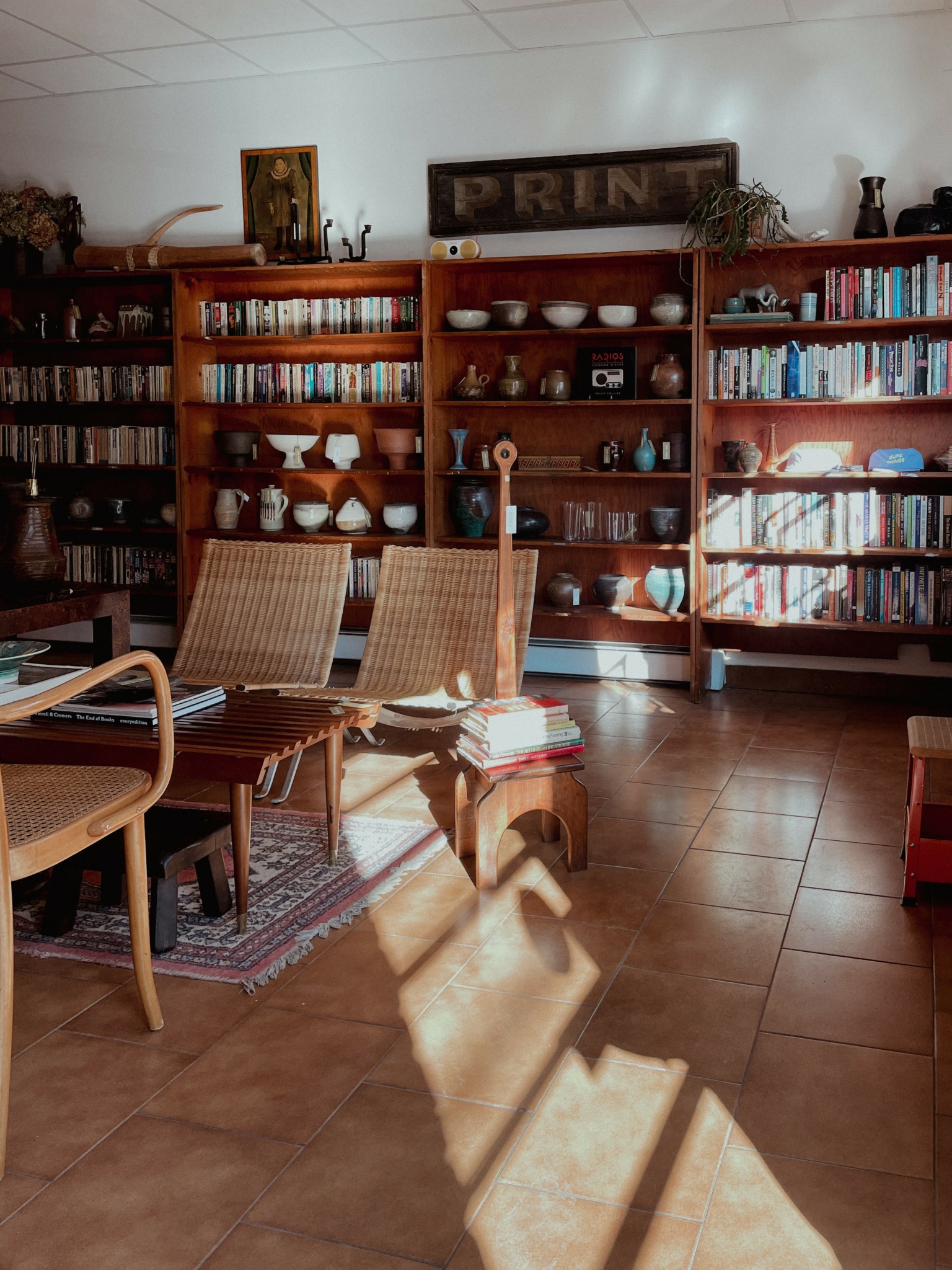
We’d love to hear the story of how you built up your social media audience?
I didn’t have a social media strategy. I just wing it! Being a prop stylist definitely helps, since I naturally think about how to make photos look good and feel cohesive.
I have to say, managing a work, brand, or business Instagram is very time-consuming and can really take away from actually operating your business. But I’ve kept it in-house because our Instagram and shop feel like such a direct extension of my style and taste.
Over the past three years of running the Sure Things Instagram, I’ve grown it steadily and posted pretty consistently. We’ve also promoted posts and run Instagram ads whenever engagement feels low, and we’ve seen real, helpful results from doing that. That said, posting is always the first thing to fall off when I’m deep in freelance work or just feeling uninspired. And when that happens, consistency goes out the window. Isn’t that what people say is the key to building a following, being consistent? I guess it’s true, but only to a point.
If we’re talking about building a presence where people actually engage with your content, it’s more than just taking pretty photos and posting on schedule. Storytelling matters. I know I could do better with that, like showing more of my partner and me, the people behind the business. Not surprisingly, the posts that get the most engagement are always the ones with us in them. That’s why I’m considering bringing someone on to help capture content, so that instead of always being behind the camera, we can be in front of it too.
Even if I do move forward with that, because so much of what I post (and when I post) is intuitive and tied to my aesthetic, I’d still want to creatively direct the content and handle the posting to make sure it feels like us.
The biggest lesson, and the one I keep reminding myself, is that if you’re a business owner, especially in a creative field, your social media doesn’t have to be perfect or consistent. But it should feel personal and true to your world. That’s what people respond to. And if you do bring someone on, find someone who understands your voice and your style and can translate it without making it feel templated or overly polished. I think that’s more important than posting every day.
Contact Info:
- Website: https://www.thisismarinell.me/
- Instagram: @surethings__, @mmaarriinneell
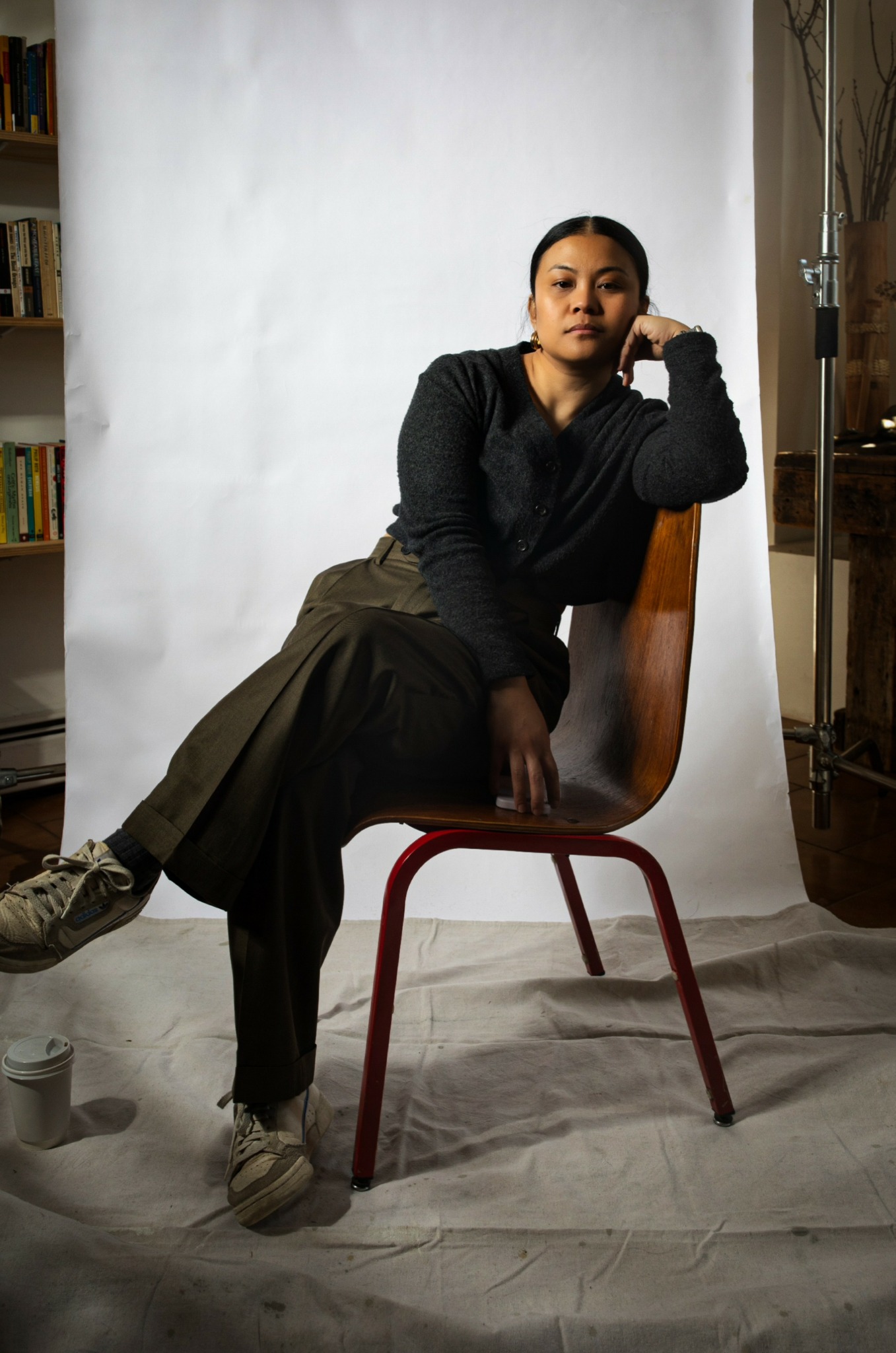
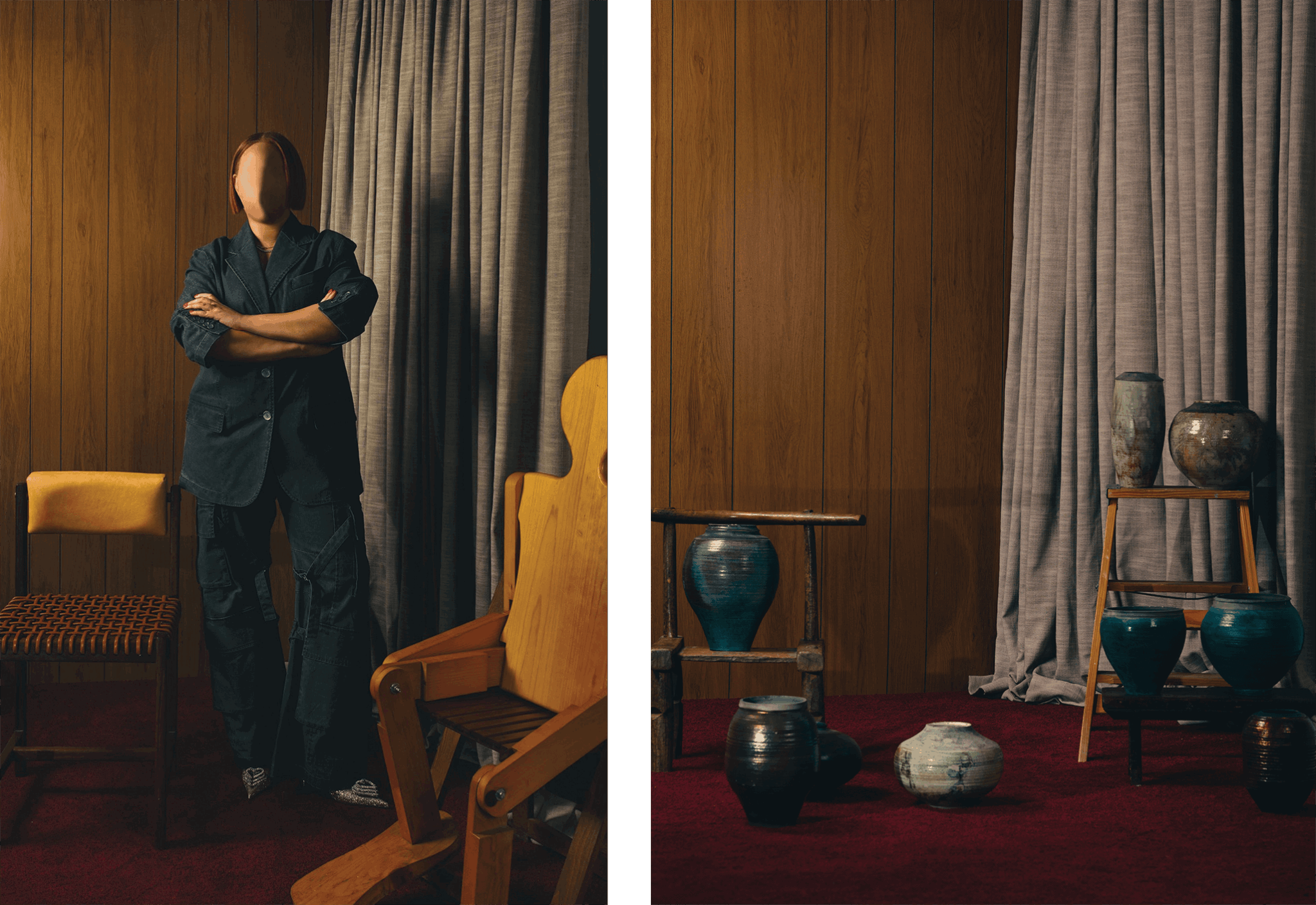
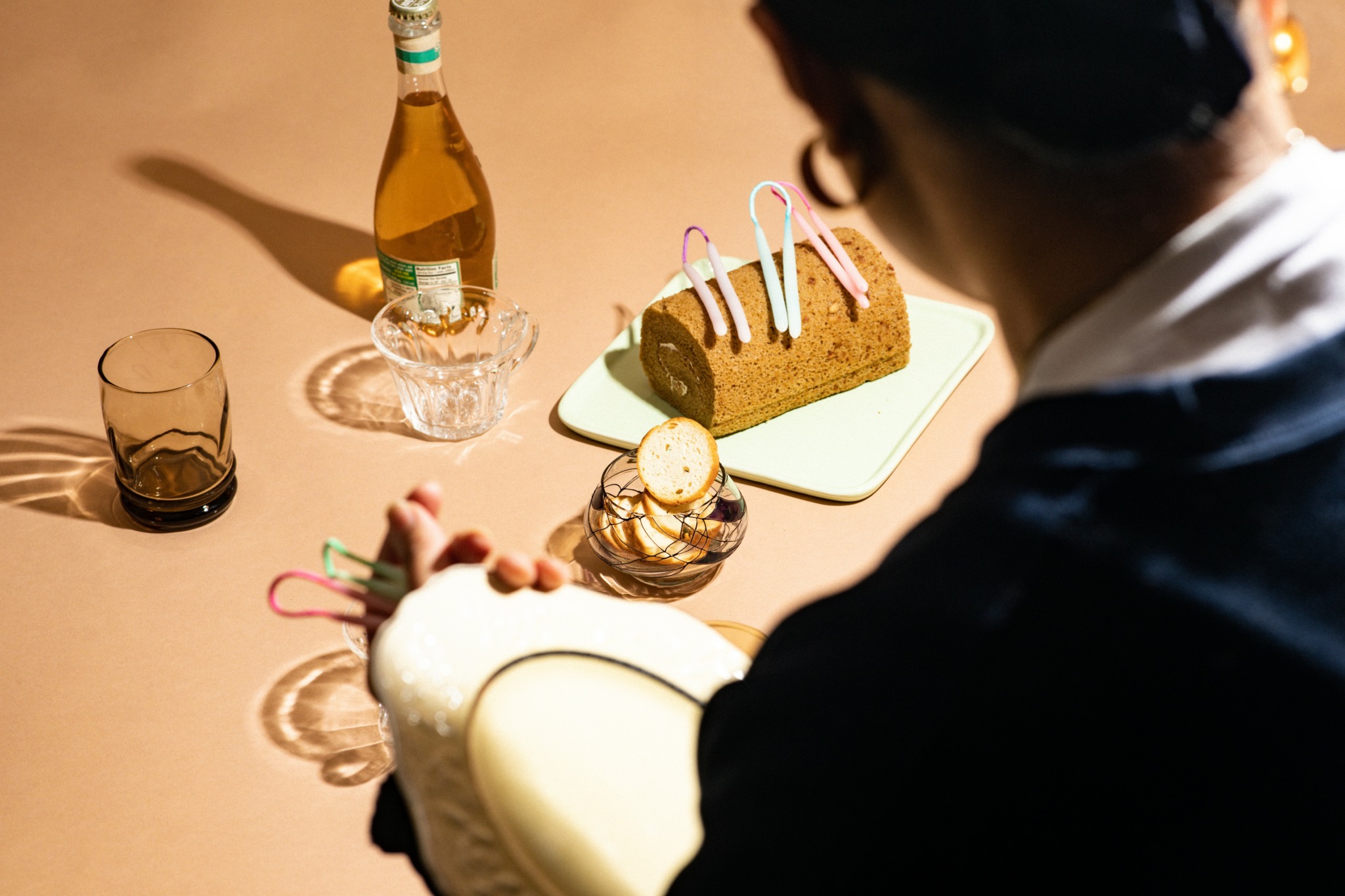

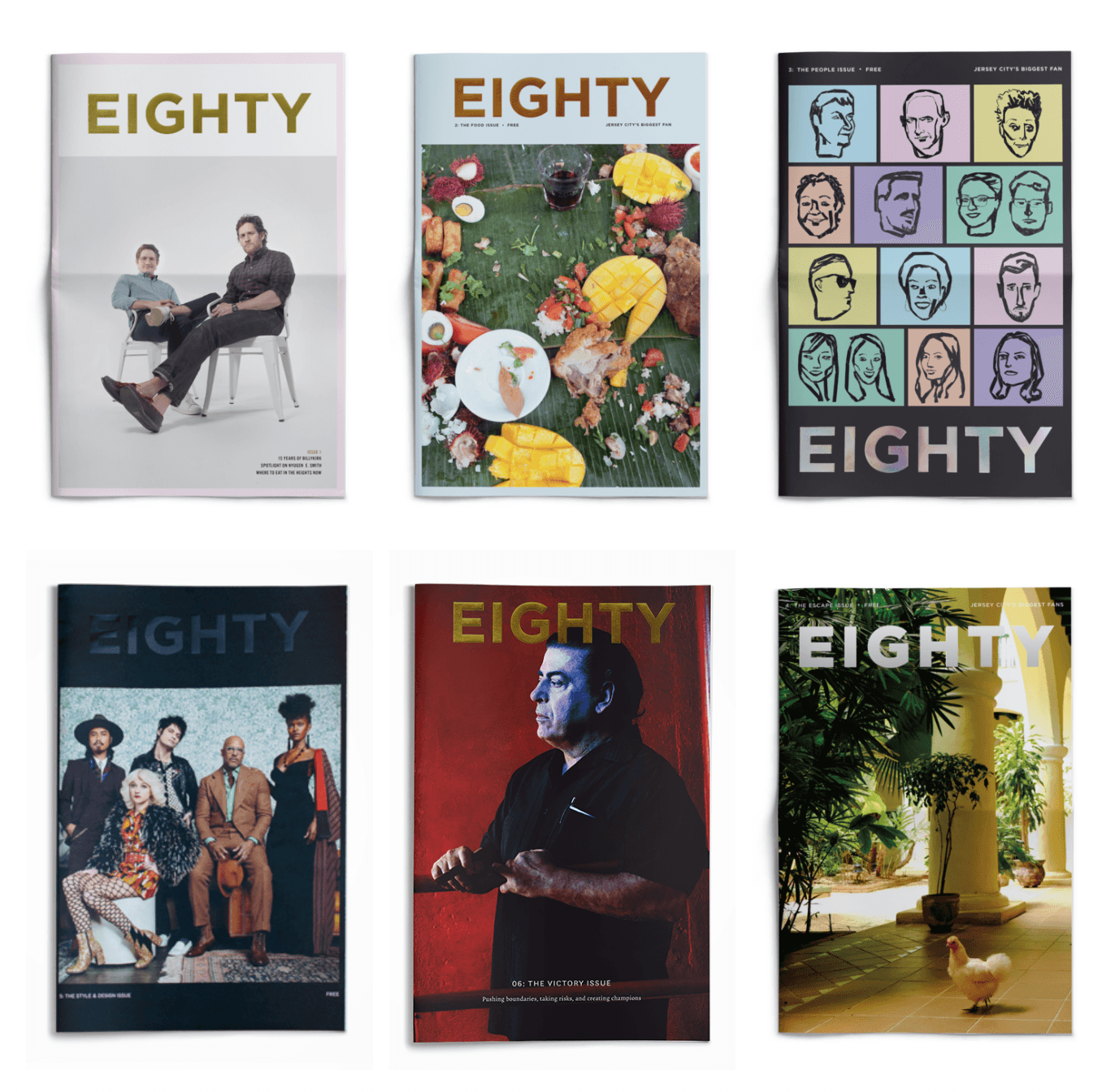
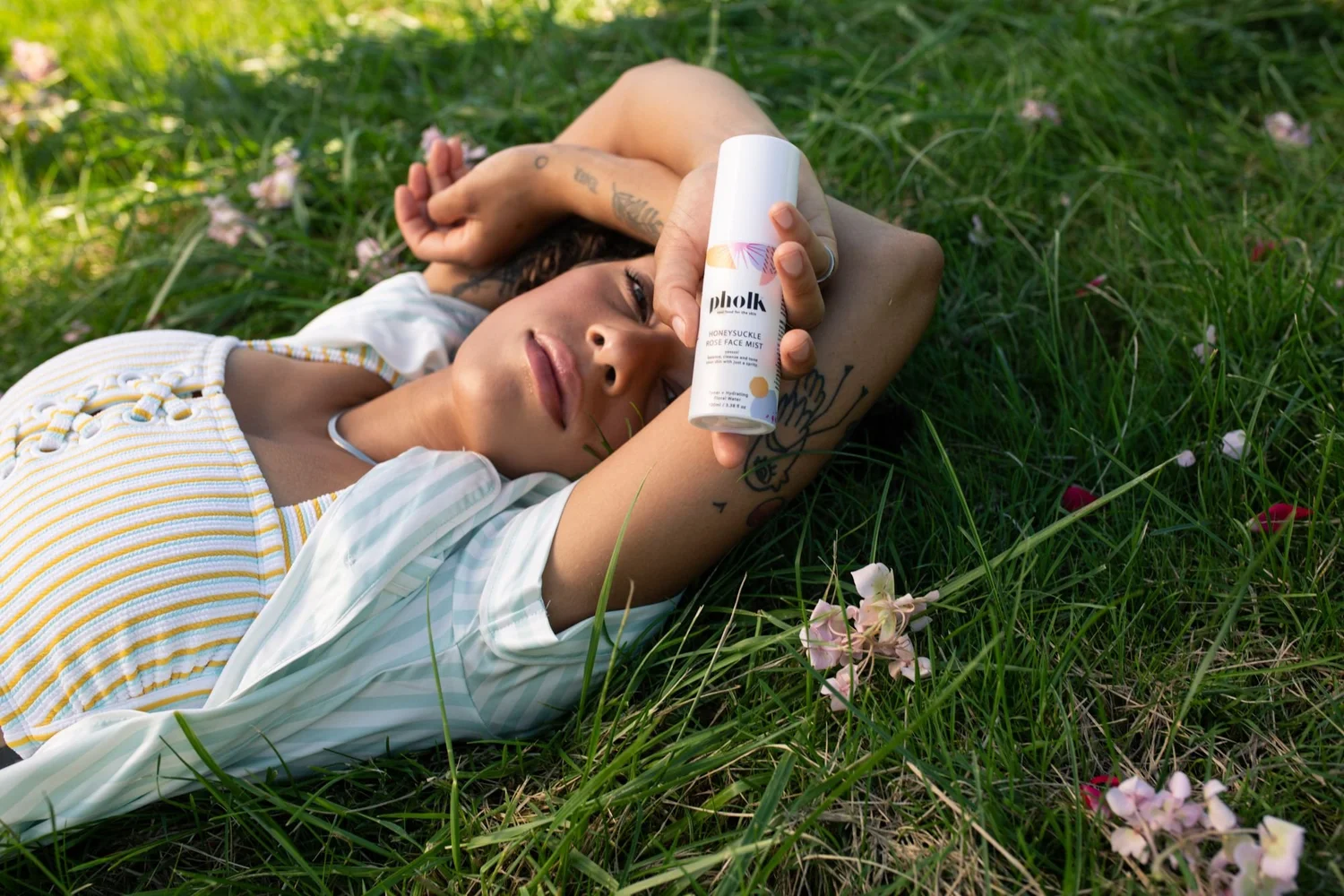
Image Credits
Portrait photo by Estefany Perez
Interior styling photos, photos of Sure Things, and By the WAYE & EIGHTY magazines provided by Marinell
All other photos shot by Brian W. Fraser (brianwfraser.com)


